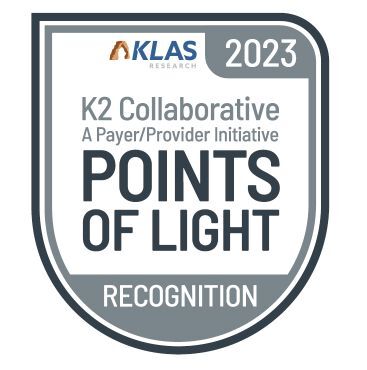Executive Summary

Prior authorizations for referrals and clinical procedures are widely acknowledged as a significant pain point for all involved parties—payers, providers, and patients. Using implementation guides from HL7’s Da Vinci Project, the collaborators in this case study created bidirectional data exchange through a FHIR API that enables an automated, in-workflow authorization process. The pilot use cases have been successful, achieving improved efficiency, reduced costs, and—most critically— more timely care and improved patient outcomes.
Points of Light—Outcomes Achieved through Collaboration
Download the KLAS Research Points of Light Case Study to learn more about the collaboration between UC Davis Health, a Payer Organization, and InterSystems, Including:
- Points of Friction—Challenges to Be Solved
- High administrative costs associated with labor-intensive authorization processes
- Siloed workflows and lack of transparency between payers and providers create churn and delay care
- Action Plan—How the Collaborators Worked Together to Reduce Friction
- Partnered on a pilot to automate authorization requests and approvals for therapeutic Botox treatments
- Identified mutual business goals and success metrics
- Established bidirectional, in-workflow data sharing between the payer and provider organizations
- Obtained three-year CMS waiver exempting the collaborators from HIPAA requirements for electronic transactions
- Lessons Learned—What Best Practices Can Other Organizations Replicate?
- Develop a collaborative statement of work that includes all stakeholders (payer, provider, and IT vendor)
- Start with a pilot and be clear about the commitment and availability of financial and human resources
- Benefits can be gained without adding to already onerous administrative burdens
- What’s Next?—Vision for the Future
- Identify additional use cases and payer/provider partners
- Prove to CMS that the project has reduced the administrative burden
- Build a consent model


























